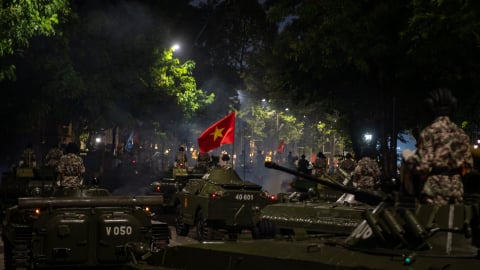“By learning the language, I found myself drawn to the elders and their magical stories,” says Réhahn. “When they spoke about their culture and traditions, their eyes lit up. When they put on their traditional clothes, it was as if they had returned to their ancestors, with pride in their culture. Their stories have always inspired me to this day.”
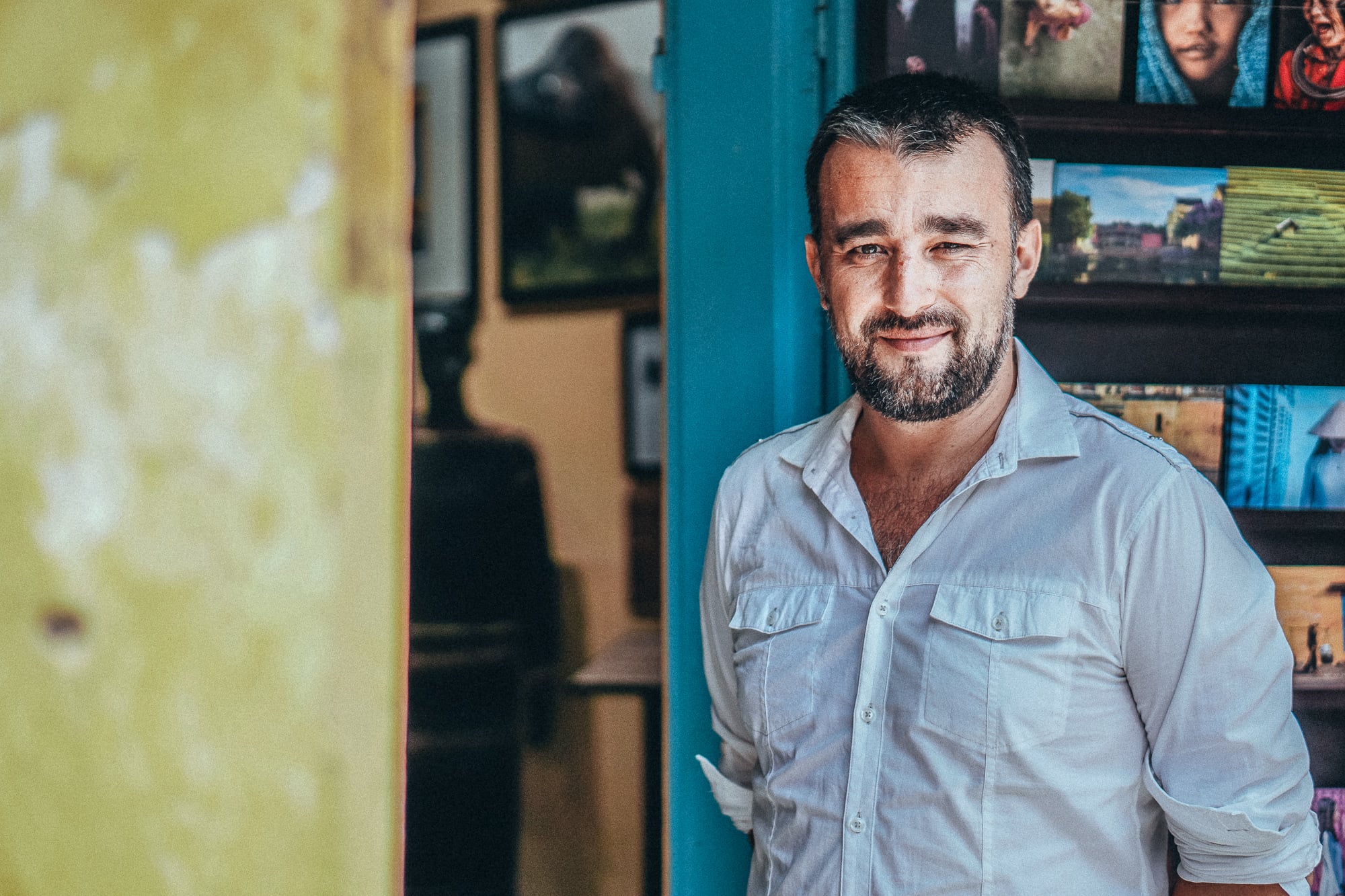
Photographer Réhahn
In 2011, Réhahn made Hoi An his home town in Vietnam. Six years later, he opened a museum dedicated to the ethnic groups of Vietnam. His photographs captivate audiences from around the world, raising awareness of Vietnam’s rich and diverse cultural heritage. Here are 25 images from his extensive collection.
Bana people
The Bana people live mainly in Gia Lai, Kon Tum, Phu Yen, Binh Thuan, and Dak Lak. The Bana (or Bahnar) ethnic architecture is famous for its stilt houses located in the center of the village and can be up to 20 meters high.
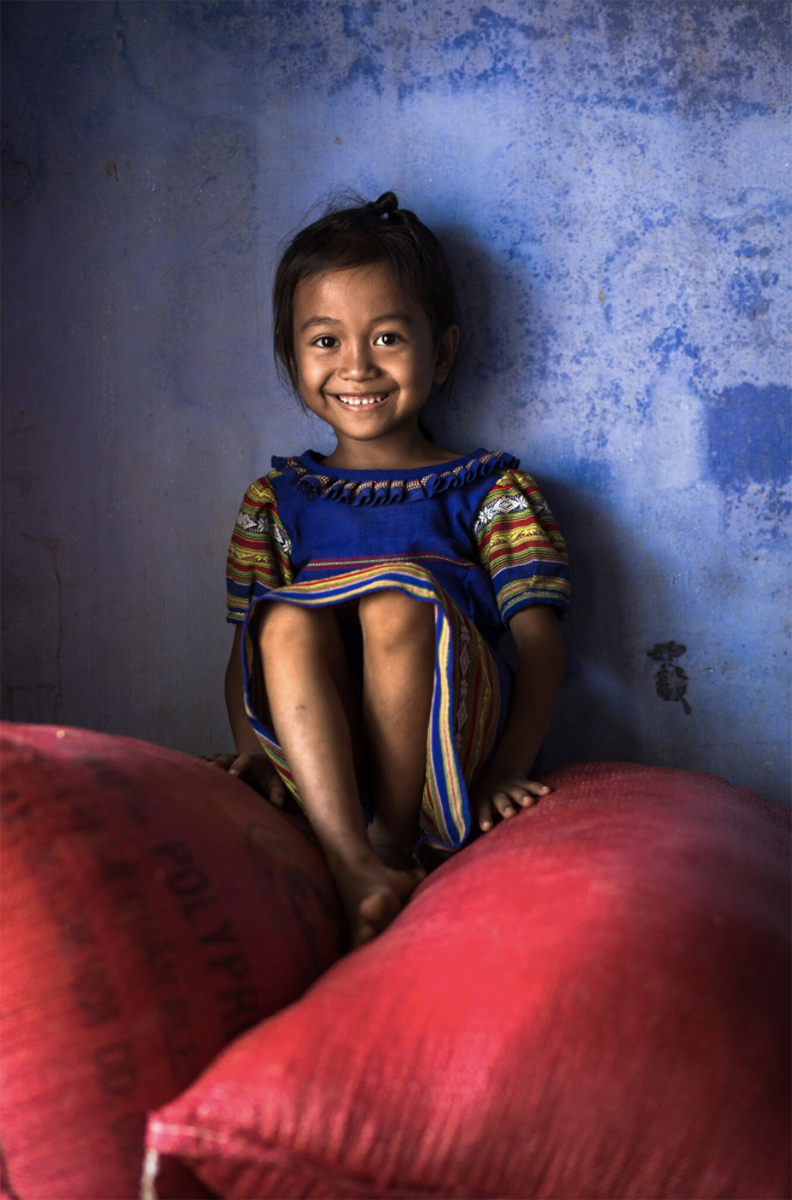
Photo: Réhahn

Dao people
The Black Dao wear black trousers and a jacket with a thin embroidery decorated with a ruffled collar and beads on the sleeves and collar. The Red Dao are “experts” in patterns and use indigo dye to color their clothes.
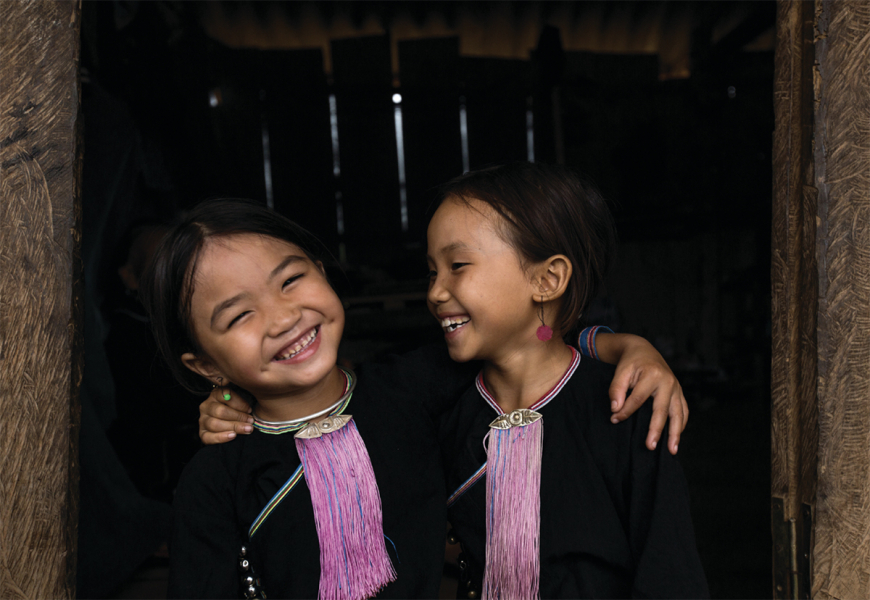
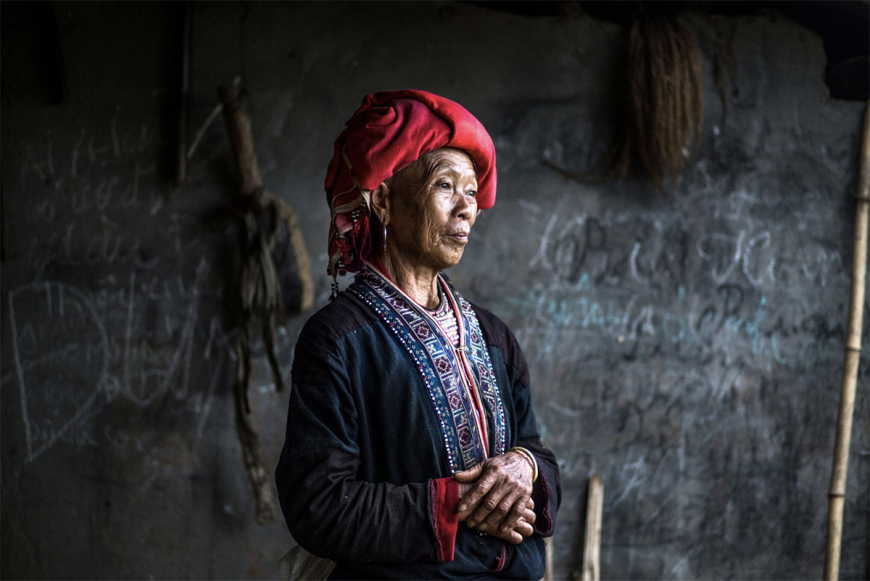
The Buffalo People
Mainly living in Dak Me village, Bo Y commune, Kon Tum, Central Highlands. Brau people often dye their teeth, smoke pipes and use large and heavy ear jewelry to “beautify” their ears.
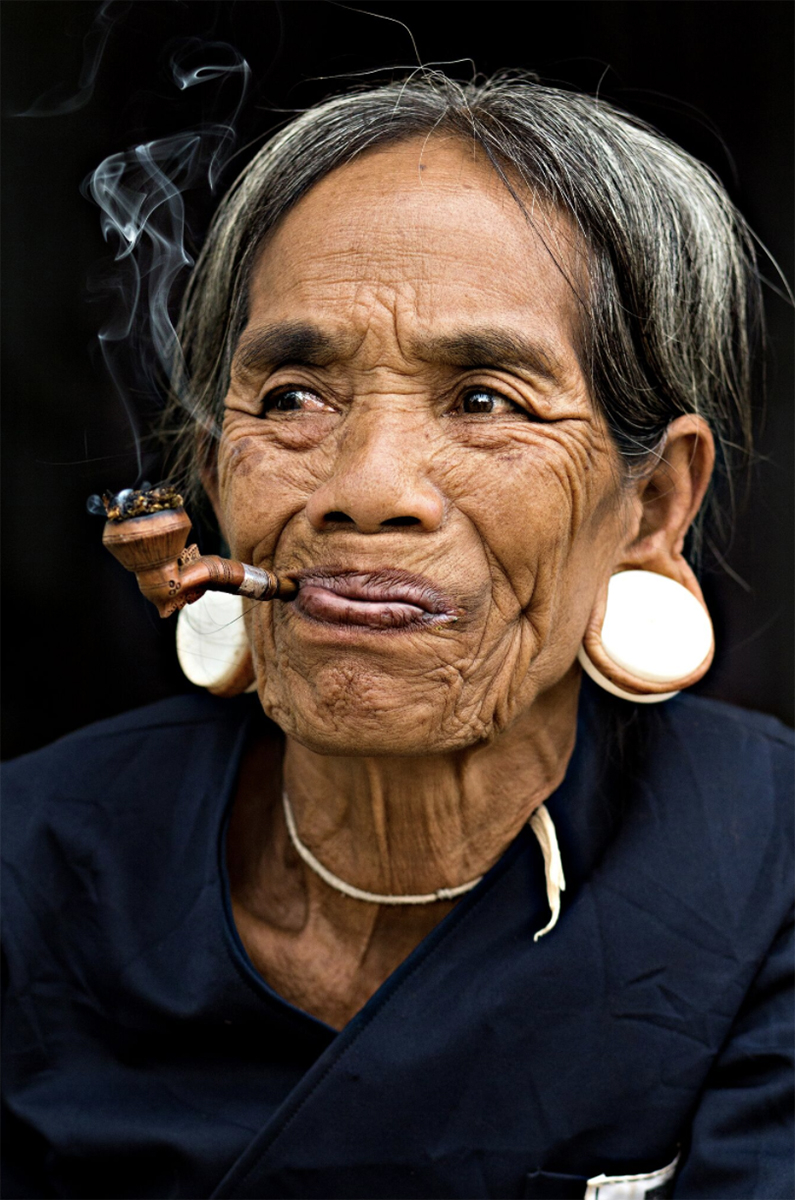
Bru Van Kieu people
The Bru - Van Kieu people mean "people who live in the forest." Réhahn photographed this woman from a Bru - Van Kieu group in Quang Tri province.

Cham people
The Cham, who are Muslim and speak their own dialect, live in southern Vietnam, including several thousand in the desert region of Ninh Thuan.
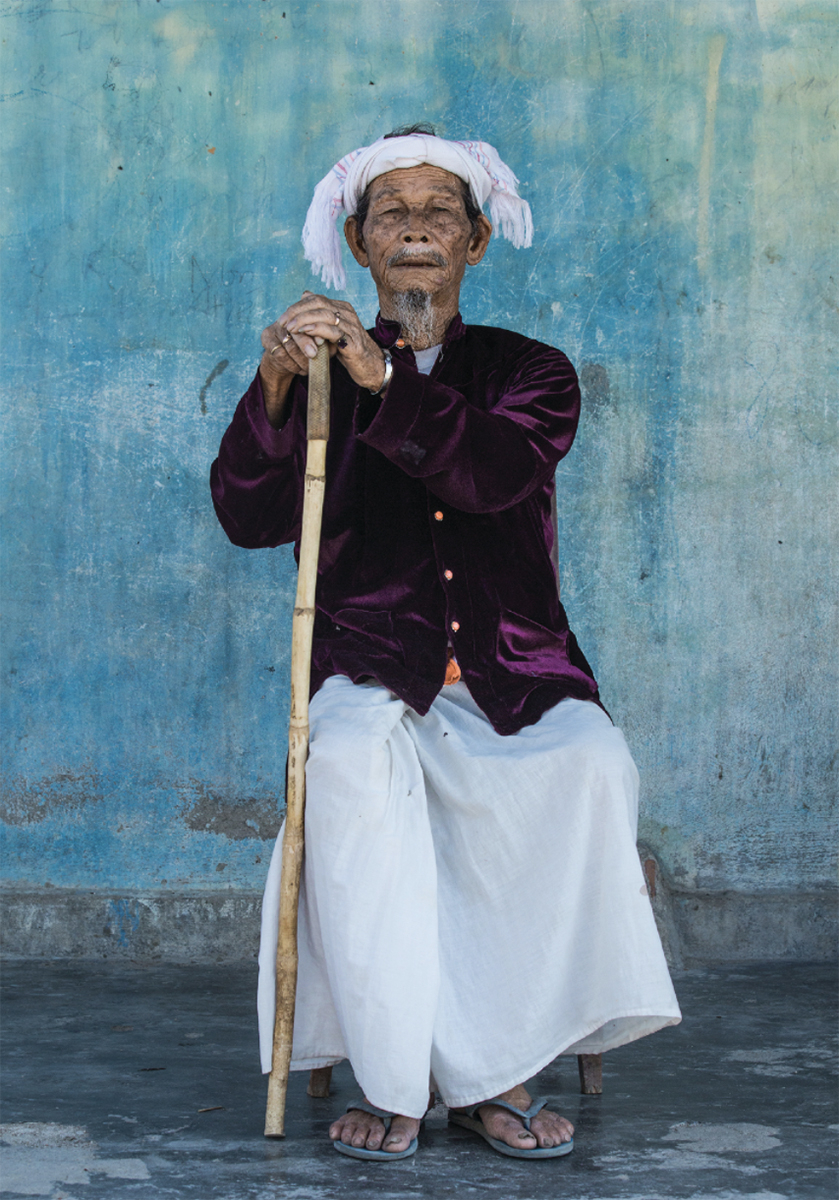
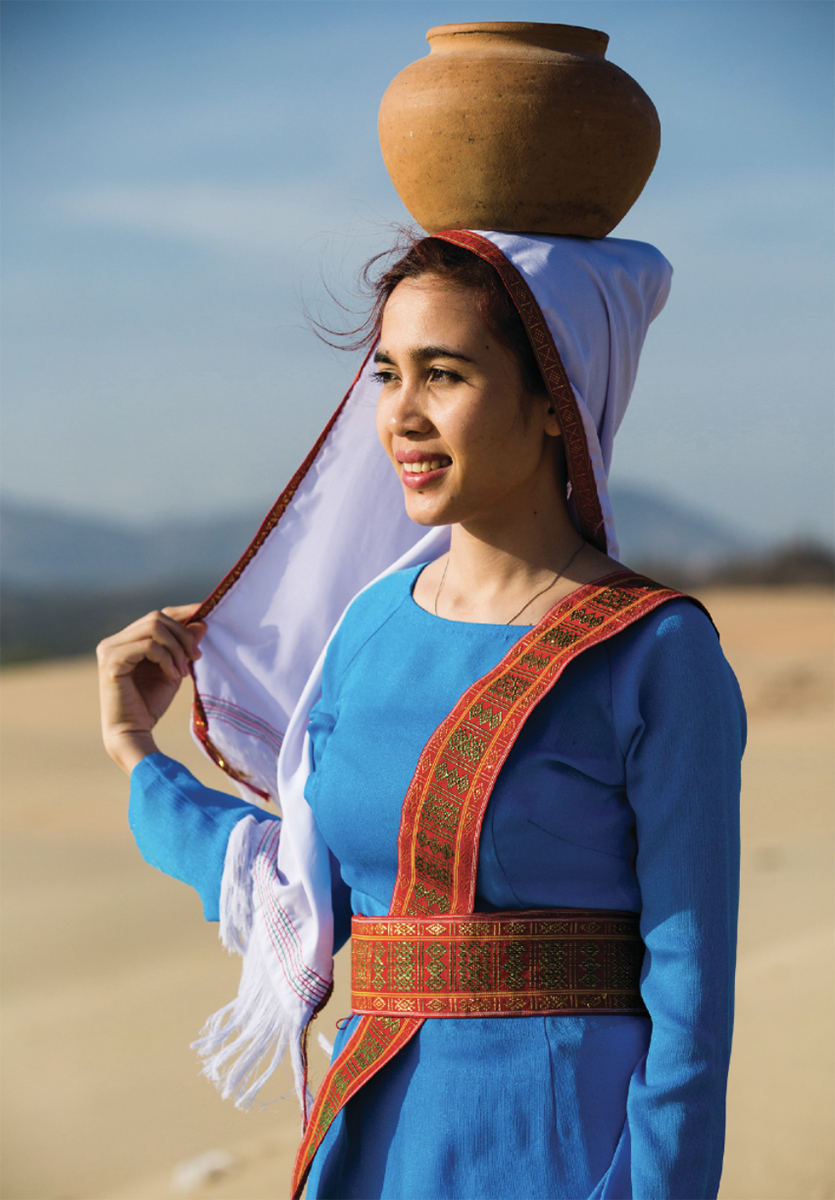
NCo Tu people
The Co Tu tribe live in the lowlands and highlands of Quang Nam province in central Vietnam. For centuries, men have worn costumes made from tree bark fibers.

Dao people
The Dao people often cultivate on terraced fields in the beautiful mountainous areas in the North, which have been recognized by UNESCO as a world natural heritage.
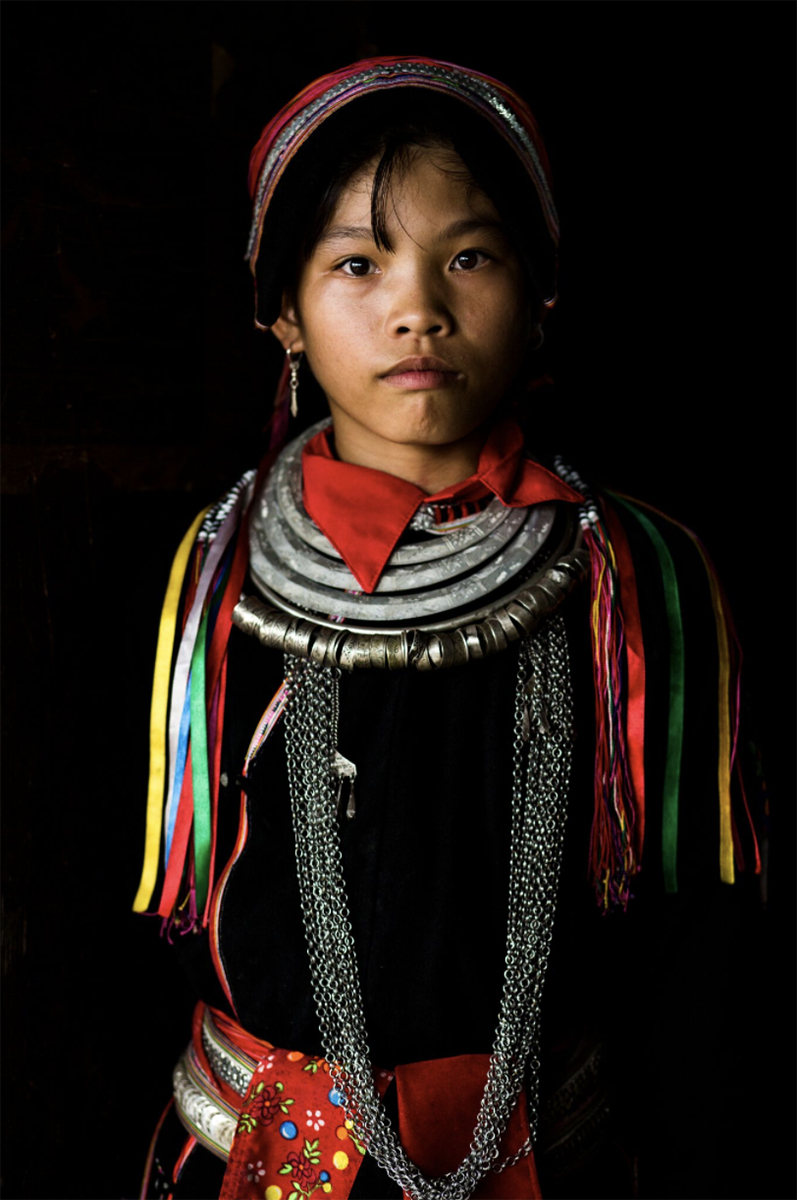
Ede people
The Ede are one of Vietnam's only matriarchal peoples. Women wear a long sarong, while men wear a linen suit and vest. They live mainly in the Central Highlands.

Hmong people
Sewing and embroidery skills are prominent features of Hmong culture. Intricate pattern-making and embroidery techniques are passed down through generations. The patterns the Hmong create on fabric and clothing are considered to be exquisite.
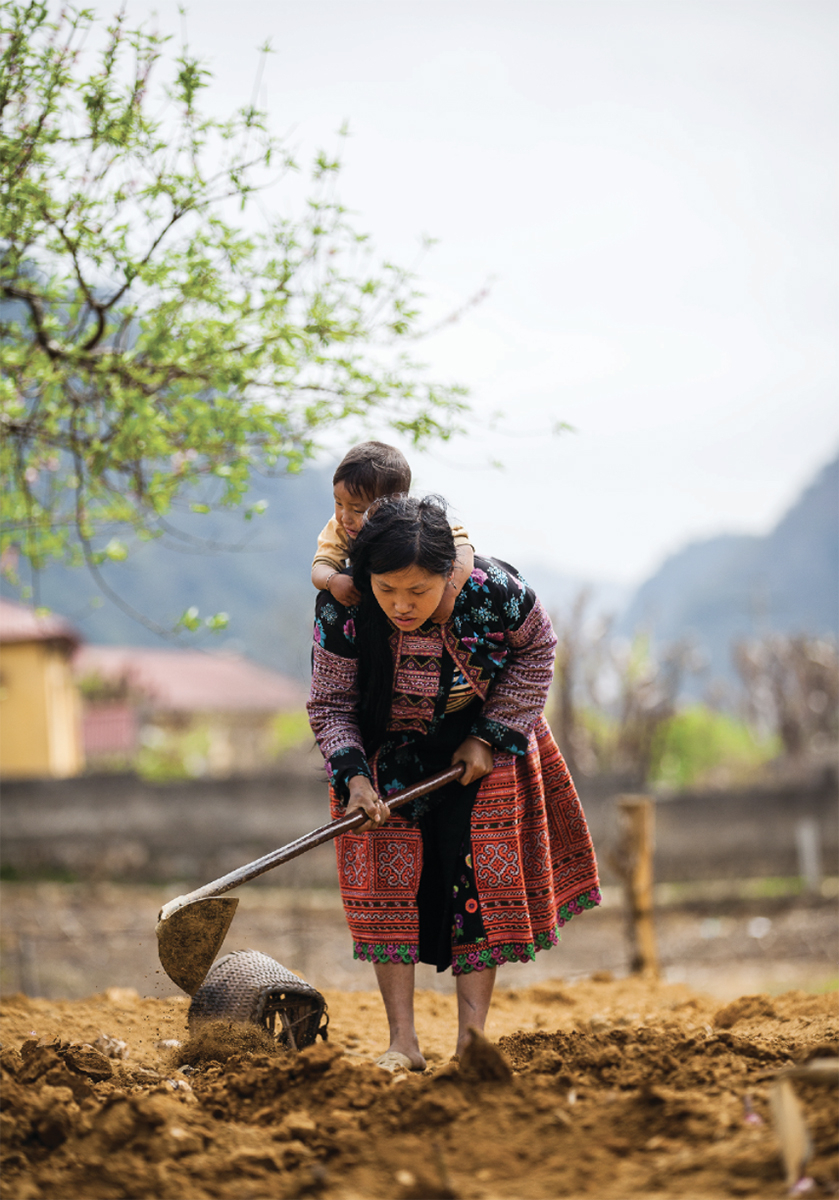
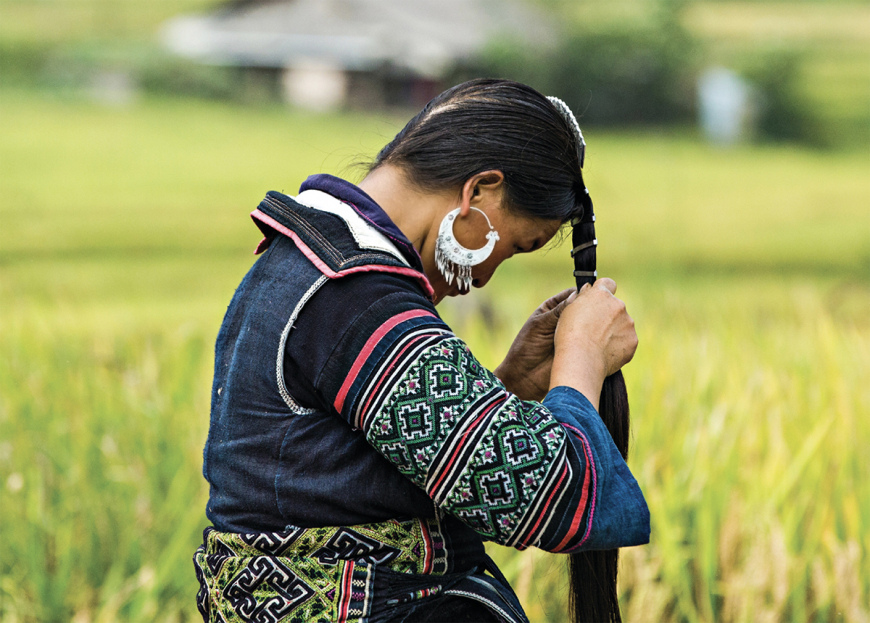

La Chi people
The La Chi people usually live in Ha Giang, Lao Cai… La Chi men are skilled builders, known for their ability to decorate household utensils and bamboo and rattan products.
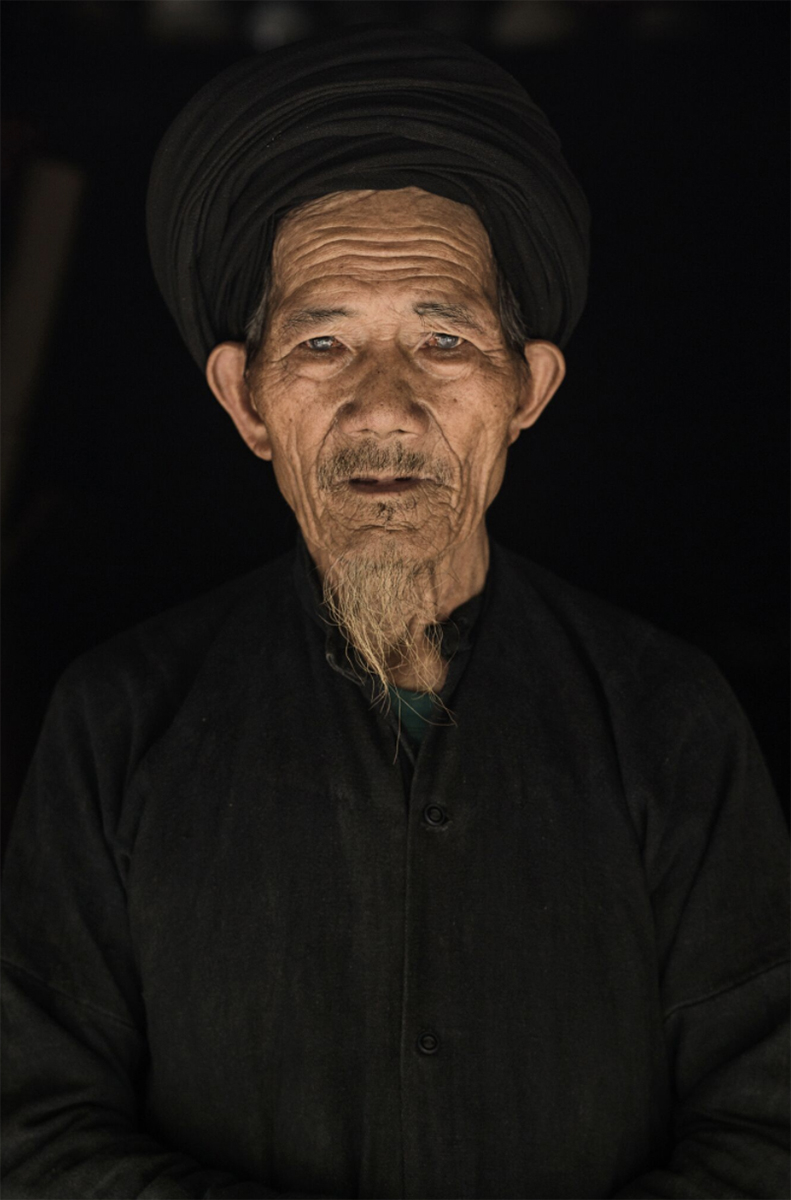
La Hu people
The La Hu people also have other names such as Xa La Vang, Co Xung, Khu Sung, Kha Quy... The La Hu people live in China, Vietnam, Myanmar, Laos... They live in Muong Te, Lai Chau and are known as legendary tiger hunters, the name "La Hu" means "strong as a tiger".
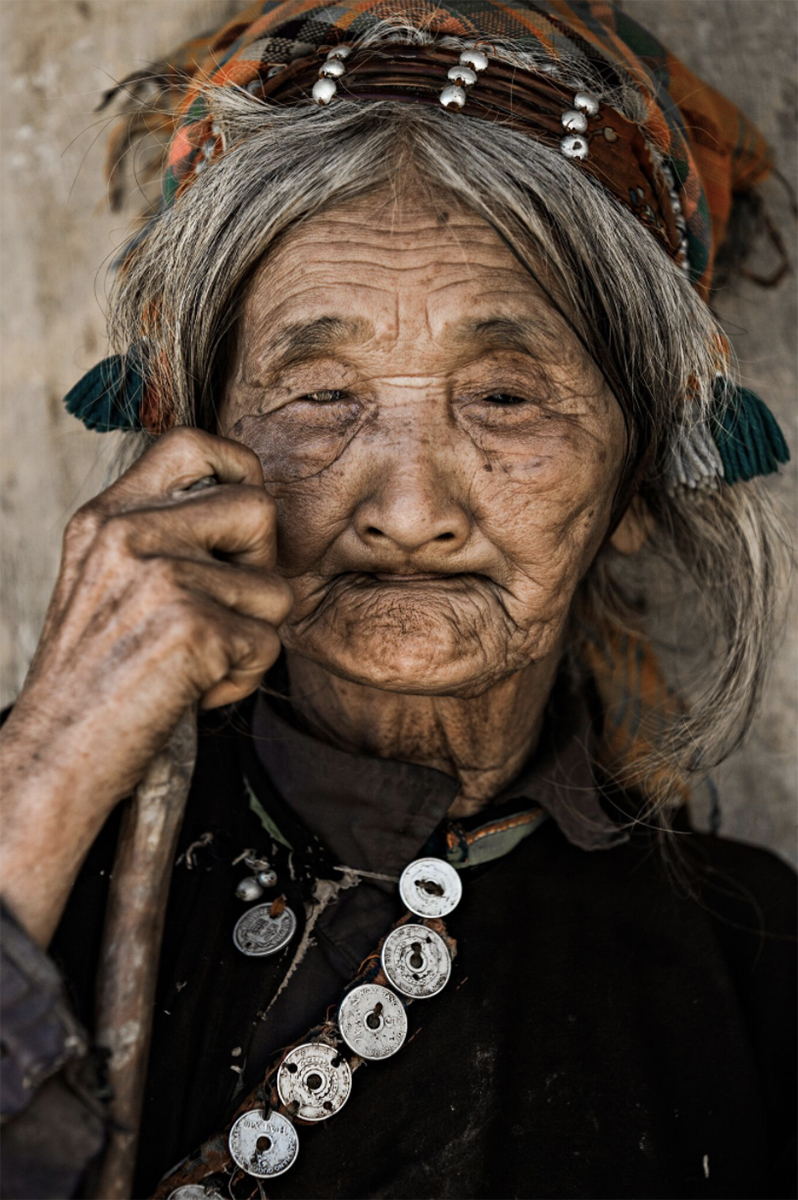
Lo Lo people
The Lo Lo people are also known as the Di, Mun Di, Man Di, La La, Qua La, and O Man. The Lo Lo people are divided into 3 groups, which can be distinguished by the color of their traditional costumes. The Lo Lo people in Vietnam mainly reside in Dong Van (Meo Vac), Bao Lac (Cao Bang), and Muong Khuong (Lao Cai).
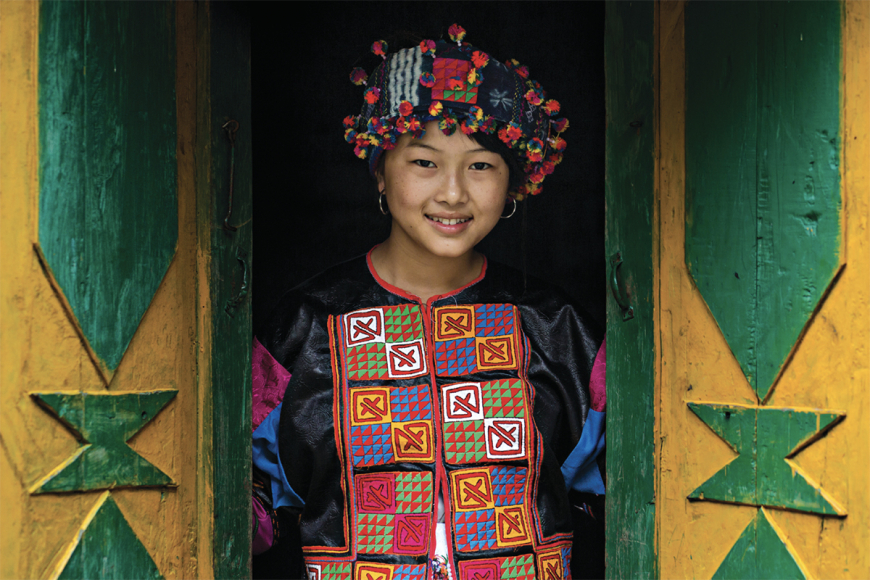
M'nong people
The M'nong are highly skilled elephant trainers, and elephants play an important role in M'nong folk culture and village life. They typically live in the southwestern mountainous districts of Dak Lak, Dak Nong, Quang Nam, Lam Dong, and Binh Phuoc provinces.
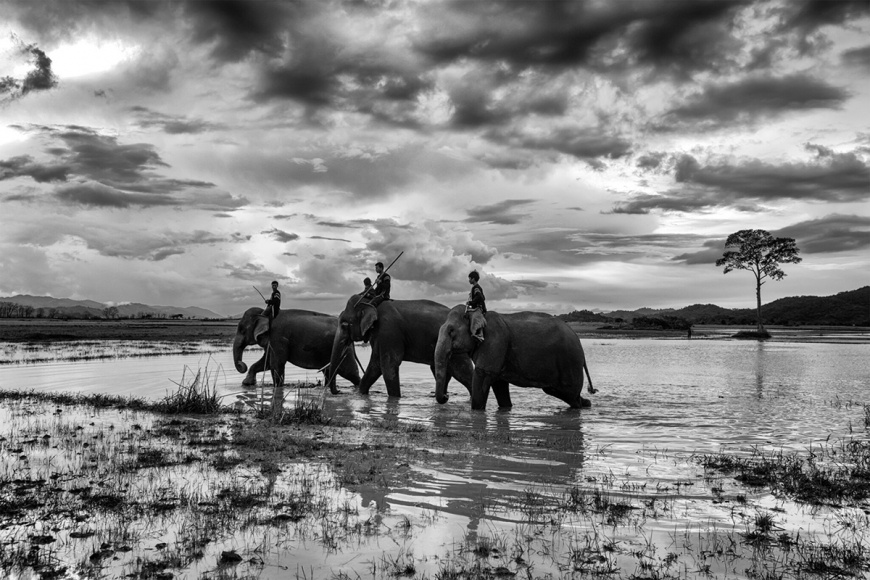
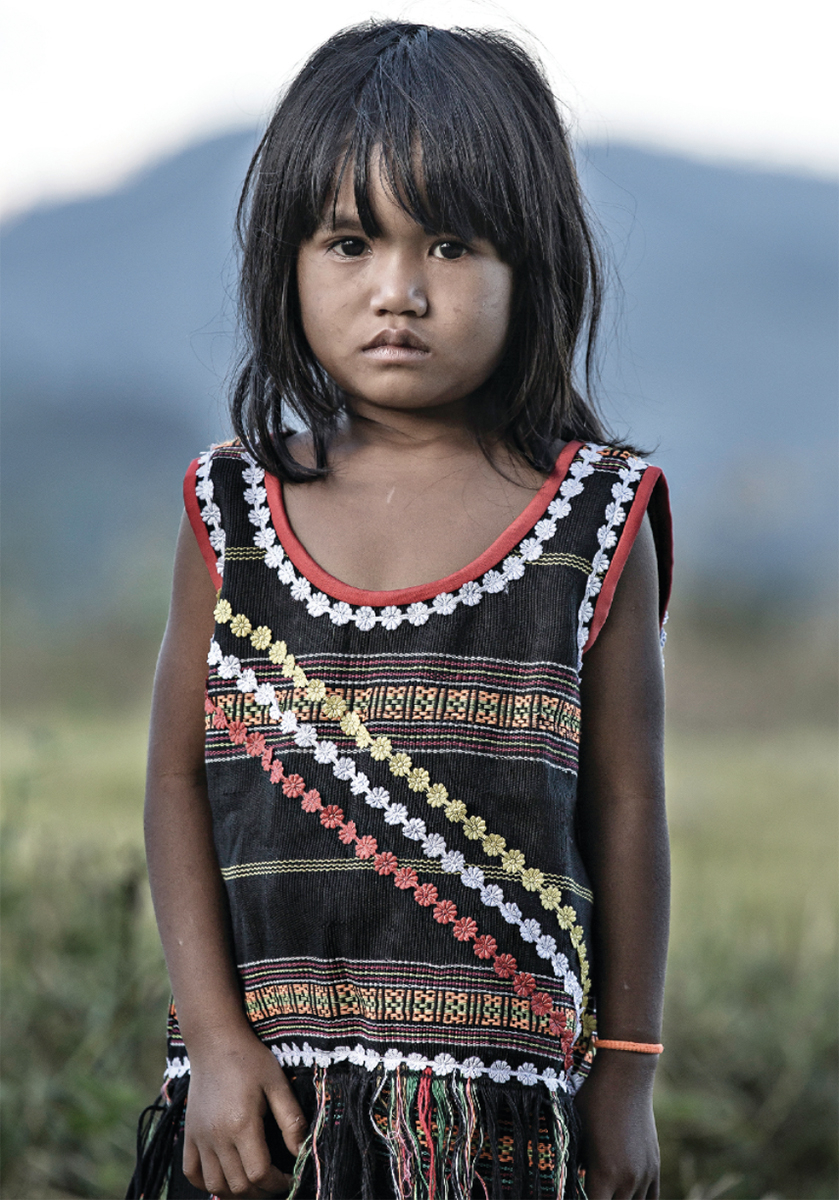
The O Du People
The O Du people, in the Thai language, mean “very loving”. In Vietnam, they mainly reside in Tuong Duong district, Nghe An province. At the age of 78, Ms. Vi Thi Dung is the last woman still wearing the traditional O Du skirt of her village.

Pa Then people
The Pa Then people mainly live in Ha Giang and Tuyen Quang. The Pa Then women are characterized by wearing indigo scarves wrapped in many circles on their heads. This is the way of wearing scarves in the shape of a first letter wrapped to form a wide fringe like a hat, or in the shape of a second letter creating fringe on both sides of the ears. The main colors of the costume are red, black, and white. The patterns are mainly created from weaving.

The Man Who Floats
The majority of Vietnam’s Phu La people live in remote villages in Lao Cai, Lai Chau, Son La, and Ha Giang provinces. Small communities typically consist of only 10 to 15 families and are headed by a village chief.
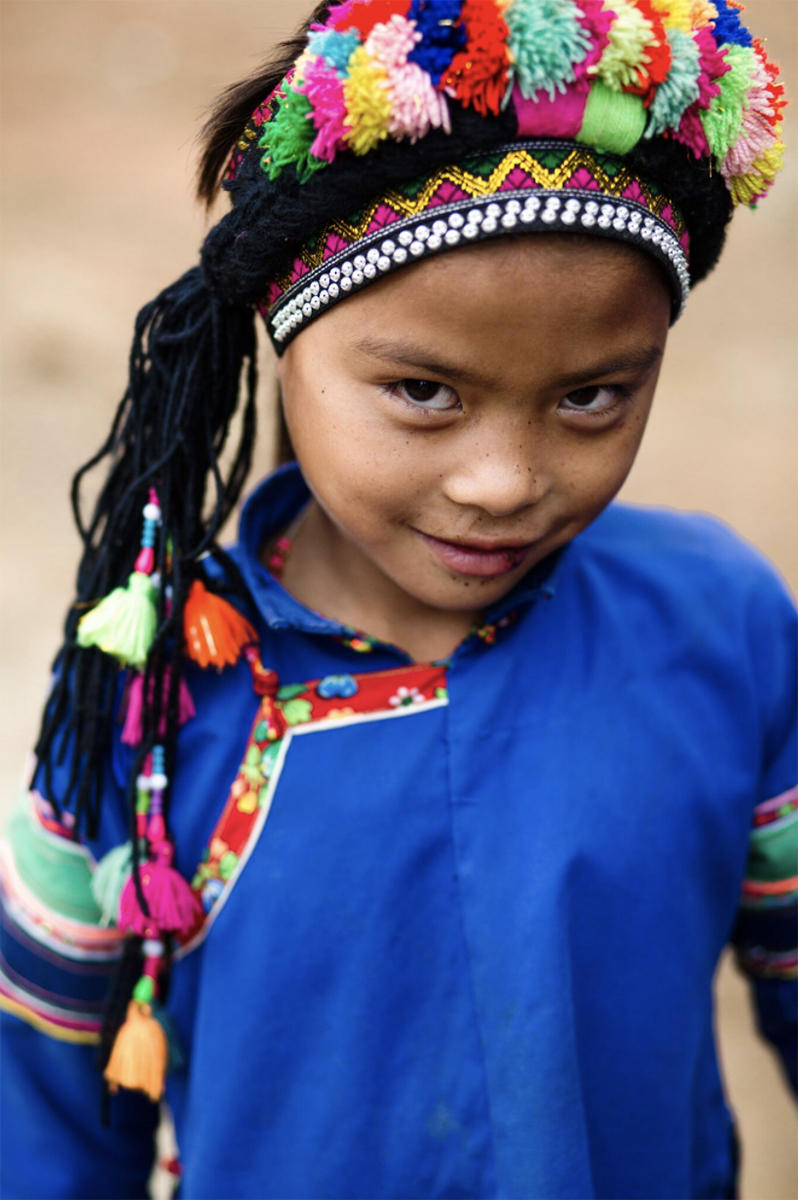
Ha Nhi people
The Ha Nhi are one of the most remote ethnic groups in Vietnam, with some small groups living in the mountains of Lao Cai and Lai Chau. There are 3 groups: Co Cho, La Mi, and Black Ha Nhi.

The Romam people
The Ro Mam people mainly reside in Le village, Mo Rai commune, Sa Thay district, Kon Tum province. The Ro Mam people have the custom of “teeth filing and ear stretching”. Women wear earrings, bracelets and necklaces.

Currently, there are only 12 traditional costumes of the Rô Măm people left in existence, no one makes them anymore. Photographer Réhahn received one of these traditional costumes, along with the tube and bag, as a gift from the head of the Rô Măm tribe.
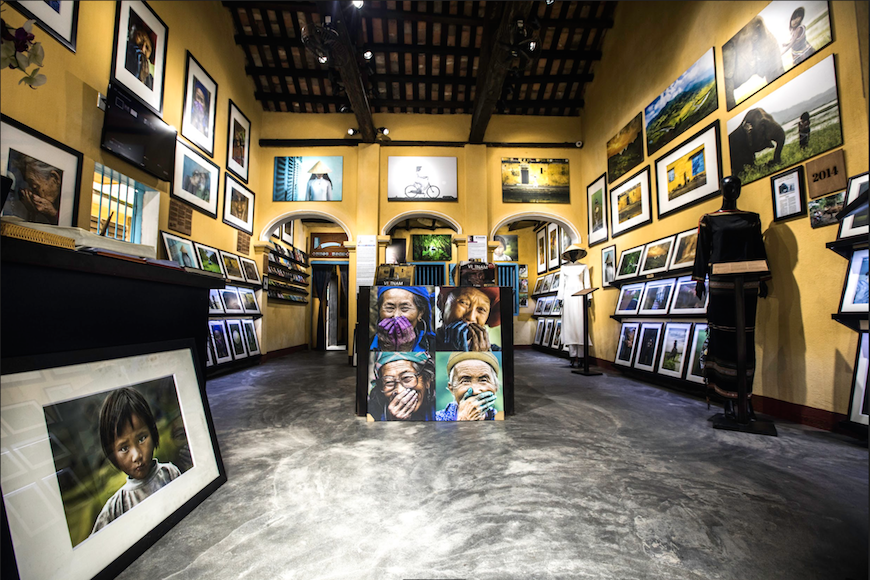
The exhibition, which takes place at the Precious Heritage Art Gallery Museum (26 Phan Boi Chau Street, Hoi An), features 45 ethnic minority costumes by photographer Réhahn, as well as numerous artifacts and photographs. Visitors can enter the exhibition, which is open 7 days a week, free of charge, and Réhahn’s gallery in Ho Chi Minh City, which sells prints and books and supports the photographer’s Giving Back Project (Couleurs d’Asie by Réhahn – 1 st floor, 151/71 Dong Khoi, HCMC). All images in this story are copyrighted by photographer Réhahn.
Lam Tue(Photo: Réhahn)



























